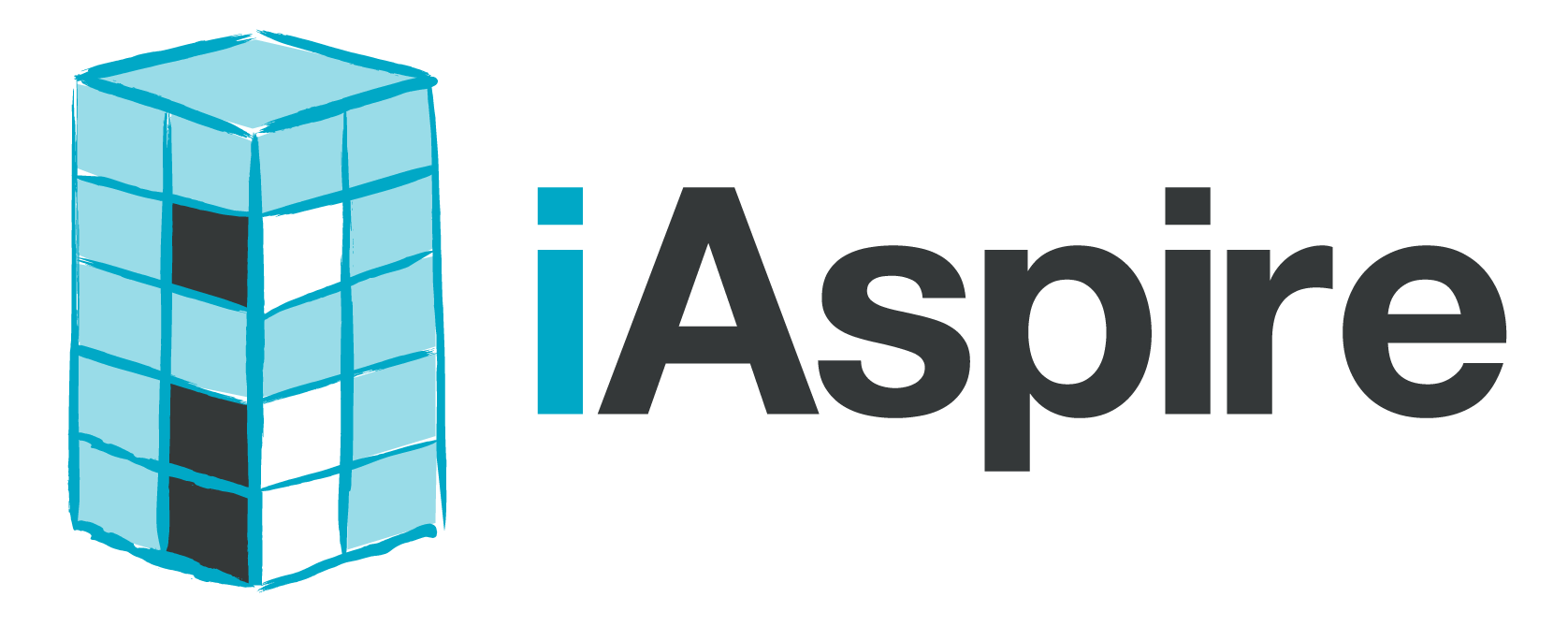5 Reasons Current Approaches to Coaching Teachers Don’t Work
You are reading this because you know that our teachers matter. They are the hope for our future. You invest in professional development for your teachers because being an educator is a noble pursuit that will impact generations to come. Over $18 billion dollars is spent each year to this end. However, 71% of our teachers still remain unsatisfied with the coaching they are receiving.
Why such a low percentage of teachers being satisfied?
Here are 5 reasons the current approaches to coaching our teachers are not working:
“You invest in professional development because being an educator is a noble pursuit that will impact generations to come.”
LOW TEACHER ENGAGEMENT
Picture this scenario: you invest countless hours in developing a training workshop for a teacher in-service day. You communicate the importance of everyone attending and the impact it will have. You prepare the materials, AV resources, and setup the space. As teachers arrive you are excited as your vision becomes a reality. However, about 30 minutes into the presentation you start to notice that teachers are not engaged. Some are distracted on their phones, some are having a side conversation, while others’ eyes have glossed over. Why is it so difficult to get teachers to engage? (Hint: It’s not your fault. This is bigger then just professional development... Gallup found that 66% of teachers are not engaged in their job!)
Perhaps there is a better way to engage your teachers?INSTRUCTIONAL COACHING IS SPORADIC
You are busy. Your teachers are busy. Every administrator in your school is busy. You live in a world with competing priorities and frequent interruptions. When it comes to coaching, this results in even the most well-intentioned coaches and administrators being pulled away from the priority of coaching their teachers. When it’s top of mind, coaching strategies and execution get a lot of attention, but over time the daily whirlwind causes coaching to take a back seat. This results in coaching that is sporadic and inconsistent.
Perhaps there is a way to having coaching be consistent throughout the year?INSTRUCTIONAL COACHING IS GENERALIZED
Rookie and tenured teachers, special ed and general ed teachers, teachers of 5 and 15 year olds, tech savvy and tech-averse teachers, introverted and extroverted teachers… how in the world can you develop coaching for such a diverse group of personalities, experience levels, and focuses? What results in many school districts is generalized trainings that try to target the “average” teacher. The problem is that there are no average teachers (when you design for the average, you miss every time… the air force learned this the hard way)
Perhaps there is a way to offer unique coaching options for each teacher?INSTRUCTIONAL COACHING IS NOT PERSONALIZED
Do you know what the long term goals are of your teachers? Some love teaching and want to spend their entire career in a classroom. Others aspire to becoming an administrator. And others don’t see themselves in the education field long term. When coaching is disconnected from their personal goals, it results in teachers going through the motions to check a box. Remember: teachers will pursue professional development for their own reasons, not yours.
Perhaps there is a way to align the coaching offered to your teachers’ personal goals?INSTRUCTIONAL COACHING IS NOT MEASURABLE
Remember the $18 billion dollars spent on professional development each year? Here are the results: “Despite enormous and admirable investments of time and money… most teachers we studied do not appear to be improving substantially from year to year.” Professional development is like a black box. You pour in money, time, effort, and resources and then wait for the results from the next round of standardized testing and assessments. You hope for the best, but often you are disappointed with the results. You don’t educate your students this way. You are constantly measuring their performance (sometimes on a daily basis!) and adjusting the lesson plans and teaching to their needs. Shouldn’t we coach and train our teachers the same way?
Perhaps there is a way to measure the progress of coaching along the way and make adjustments as needed?
There is a better way. iAspire created an Intelligent Assistant to help you understand each teacher and then offer individualized Coaching based on the teacher’s goals and observation feedback. Teachers then choose the coaching THEY want to pursue. All of this happens automatically throughout the year.
The result: you end up with a solution to professional development and coaching for your teachers that is engaging, consistent, personalized, tied to their individual goals, and measurable.
